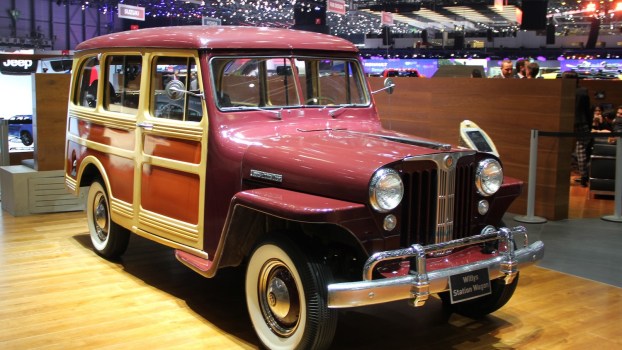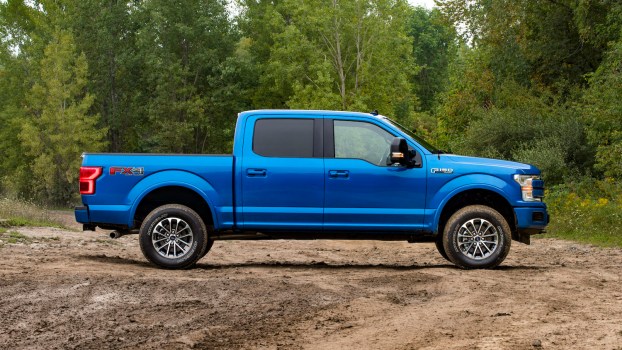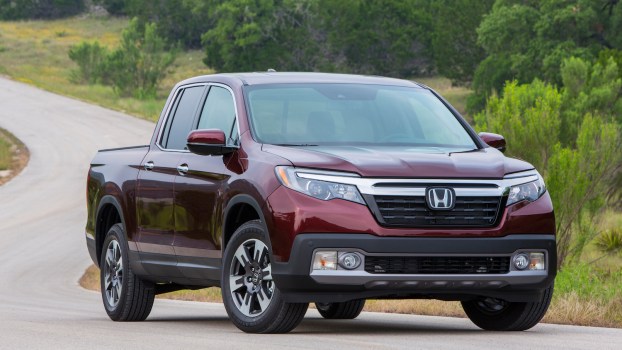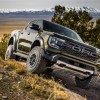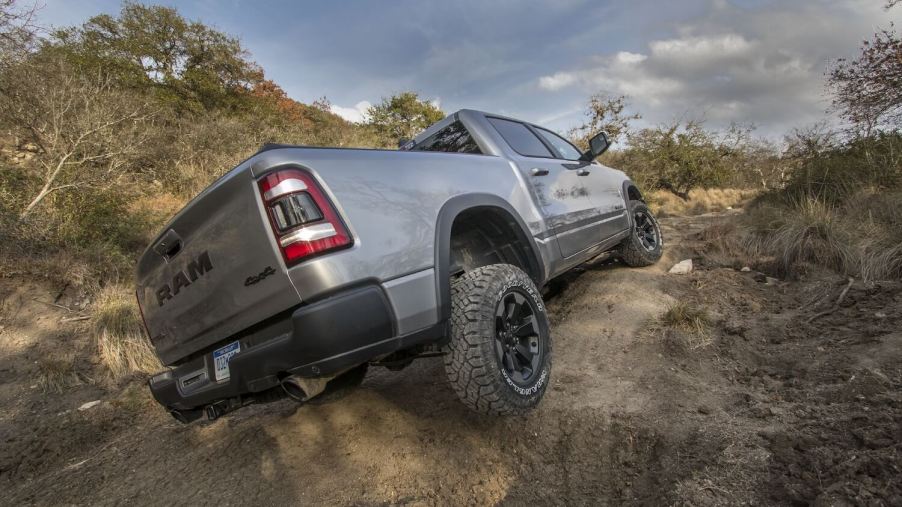
Full-Frame Trucks and SUVs Will Always Be Much Better at 1 Thing
The latest unibody SUVs and trucks are nearly as strong and capable as some traditional body-on-frame (or full-frame) vehicles. But no matter what, full-frame trucks and SUVs will always have the potential to last longer. If a body-on-frame vehicle gets too rusty to drive, you can swap it onto a brand-new frame to restore it.
What is the difference between a full-frame and a unibody truck or SUV?
In the more traditional full-frame construction method, a vehicle’s powertrain and running gear are attached to a ladder frame before its body is set on top. A unibody vehicle saves weight and cost with a reinforced body structure that supports all its components.

The very first cars and trucks used body-on-frame construction. One benefit of this full-frame construction was that automakers could engineer a single frame and then design different bodies for it. In fact, early car and truck chassis were so similar that Ford did not start engineering a unique chassis for its trucks until 1948.
By the 1960s, all the major automakers were experimenting with unibody construction. They found that improvements in metallurgy and manufacturing allowed them to make body shells strong enough to attach the motor, transmission, and axles directly to them. The resulting vehicles were lower, lighter, and cheaper.
What are the downsides of a unibody vehicle?
Early unibody vehicles were not strong enough to tow or haul heavy loads. They also weren’t sturdy enough for punishing off-roading. For decades, automakers continued to build full-frame trucks. By the 1980s, all the Detroit Three were reusing their truck frames for SUVs, and some buyers preferred these durable vehicles to unibody cars.
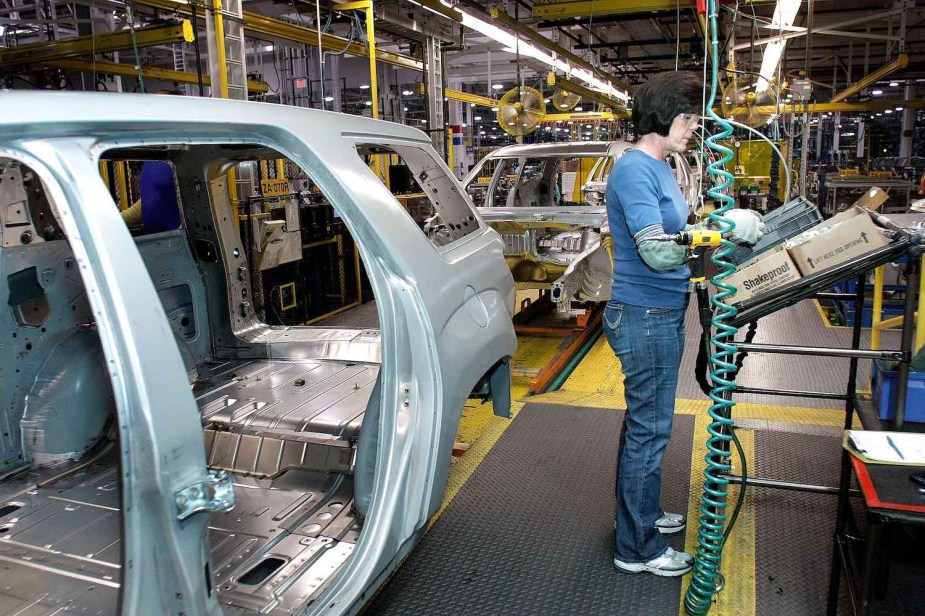
Today, many unibody “crossovers” are the same size and shape as SUVs. Some even have similar towing and payload capacities as their full-frame cousins. But in a pinch, a full-frame vehicle owner can replace their truck or SUV’s frame to restore a rusty vehicle. Crossover owners do not have this option.
A full frame-swap is not a cheap or easy procedure. It is often–but not always–accompanied by a complete restoration. But it is at least an option. While older full-frame vehicles are prized for their longevity, worn-out unibodies will be considered disposable by most enthusiasts.
Do unibody crossovers perform as well as full-frame SUVs?
Modern unibody crossovers are truly incredible vehicles. For example, see how the Toyota Highlander and Toyota 4Runner compare in the table below. Mileage courtesy of FuelEconomy.gov.
| 2023 Toyota 4Runner | 2023 Toyota Highlander | |
| Seating Capacity | 5-7 | 7-9 |
| Maximum Cargo Capacity | 89.7 cubic feet | 84.3 cubic feet |
| Turning Radius | 37.4 feet | 37.4 feet |
| Maximum Towing Capacity | 5,000 lbs | 5,000 lbs |
| Maximum Payload | 1,550 lbs | 1,685 |
| Weight | 4,750 lbs | 4,155 lbs |
| Maximum Horsepower | 270 horsepower | 295 horsepower |
| Maximum Torque | 278 lb-ft | 263 lb-ft |
| Best mpg | 16 city/19 highway (17 combined) | 22 city/29 highway (25 combined) |
| AWD mpg | 16 city/19 highway (17 combined) | 21 city/28 highway (24 combined) |
| MSRP | $40,144 | $36,620 |
If unibody crossovers have such incredible capabilities, why do people keep buying full-frame SUVs, such as the Toyota 4Runner? The fact of the matter is that not only will full-frame SUVs be better candidates to restore and drive for a long time, but they are easier to work on and modify.
The Highlander, for example, has a much worse approach and departure angle than the 4Runner. And you can improve the 4Runner’s off-roading with a lift kit. But installing lift components on a unibody is much more difficult.
Next, learn about how no one is buying full-frame SUVs or see the difference between unibody and full-frame construction for yourself in the video below:
